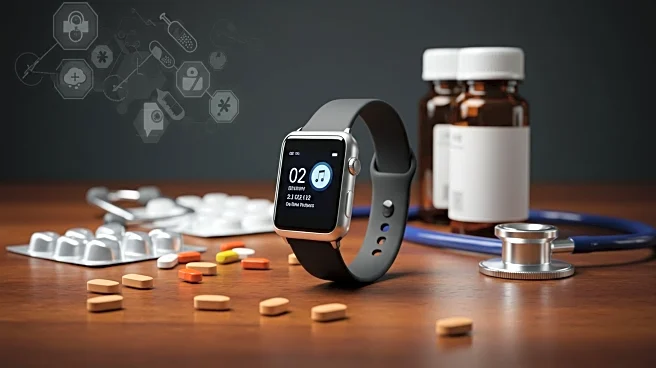Rapid Read • 8 min read
UFOS-Net, a new model for diabetic foot ulcer segmentation, has demonstrated superior performance in medical image analysis. The model was tested on the SRRSH-DF and DFUC2022 datasets, achieving significant improvements in Intersection over Union (IoU) and Dice coefficient compared to existing models. UFOS-Net's efficient decoder module and optimized feature fusion strategy were key to its success, allowing for precise lesion identification crucial for clinical diagnosis and treatment planning. The model also incorporated advanced data augmentation techniques to enhance generalization capabilities, addressing challenges posed by limited sample sizes.
AD
The advancements made by UFOS-Net in diabetic foot ulcer segmentation are critical for improving patient care and treatment outcomes. Accurate segmentation of ulcers is essential for effective diagnosis and management, potentially reducing the risk of complications such as amputations. The model's ability to outperform existing segmentation methods highlights its potential to become a valuable tool in clinical settings, aiding healthcare professionals in making informed decisions. Furthermore, the use of feature fusion and data augmentation techniques may inspire future innovations in medical image analysis, contributing to the broader field of healthcare technology.
Further research may explore the application of UFOS-Net in other types of medical image segmentation, potentially expanding its use beyond diabetic foot ulcers. The model's success could lead to collaborations between healthcare institutions and technology developers to refine and implement UFOS-Net in clinical practice. Additionally, ongoing studies may focus on optimizing the model's components, such as the EMS module and MODA data augmentation, to enhance performance across diverse datasets. As the model gains traction, it may pave the way for new standards in medical image segmentation, influencing future developments in healthcare technology.
The integration of UFOS-Net into clinical practice raises considerations regarding the training and adaptation of healthcare professionals to new technologies. Ensuring that medical staff are equipped to utilize advanced segmentation models effectively will be crucial for maximizing their benefits. Additionally, the ethical implications of automated medical image analysis should be addressed, particularly concerning the accuracy and reliability of AI-driven diagnostics. As technology continues to evolve, maintaining a balance between innovation and ethical responsibility will be essential for the sustainable advancement of healthcare.
AD
More Stories You Might Enjoy










